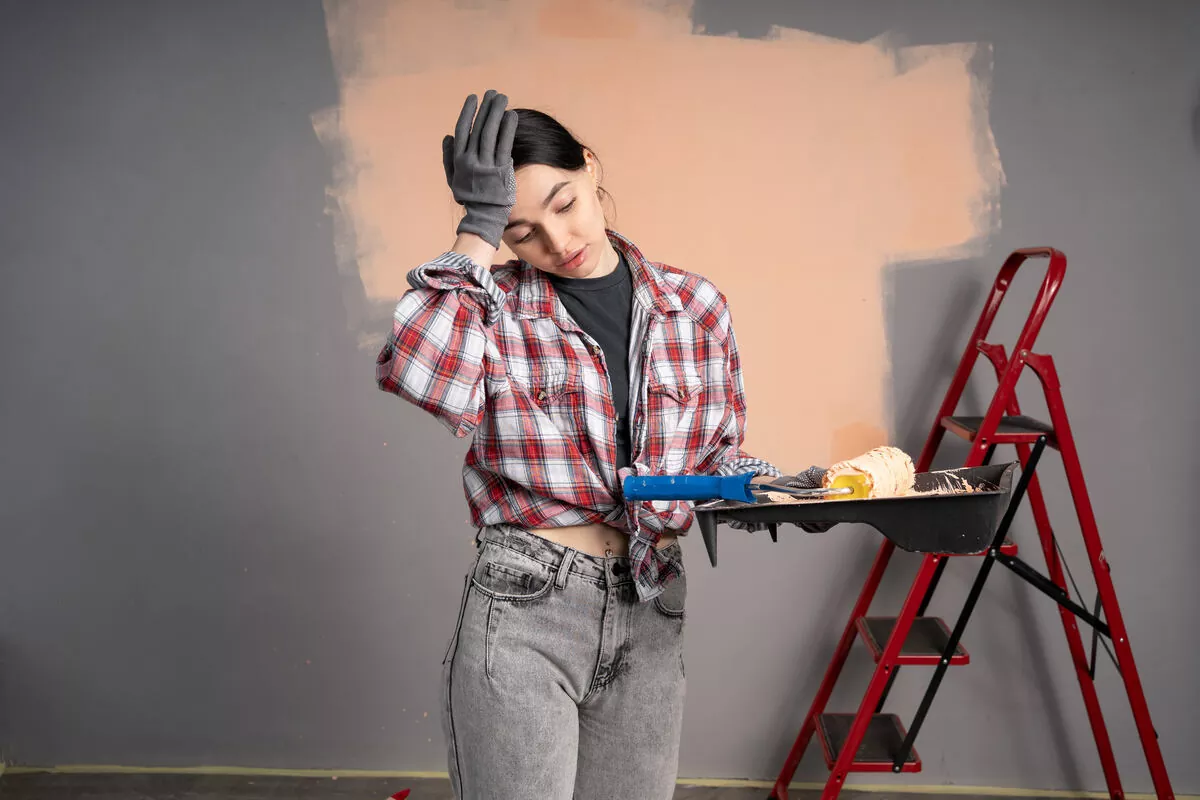Whether you are working on a canvas, trying out a new hobby, or trying to update the décor in your house, painting can be one of the most enjoyable creative endeavors you can undertake. However, anyone who has ever attempted to paint, whether with freehand brushes or paint by numbers kits, is aware that even minor accidents can result in significant amounts of aggravation. What is the good news? With a little bit of planning and knowledge, it is possible to steer clear of the majority of these typical traps.
Continue reading if you want to have a painting experience that is less stressful and more fun. Not only will this article highlight some of the most common do-it-yourself painting blunders, but it will also explain how to avoid making those mistakes, as well as why custom paint by numbers kits are a more efficient and stress-free way to paint.

Skipping the Prep Work
People frequently rush into painting without adequately setting up their workspace out of excitement. A peaceful hobby can easily become unpleasant in a busy or poorly lighted space. Spend some time setting up your paints, getting your brushes ready, and covering your table with a protective sheet before you dip your brush. Having a well organized setup, particularly for paint by numbers, guarantees that you don’t lose time looking for colors or clearing up unnecessary messes. Being well-prepared makes everything go more smoothly and is much more pleasurable.
Using the Wrong Brushes
Many novices become frustrated when they attempt to use the same instrument for both large strokes and fine details. A few brush sizes are typically included in paint by numbers kits, but adding a few more can have a significant impact. While a wider flat brush will help you cover wide areas more evenly, a fine-tipped brush is ideal for those little, complex bits. You may achieve more polished results and smoother lines by changing brushes as necessary.

Ignoring Paint Consistency
While paint that is too thin loses its brilliance, paint that is too thick might clump and create uneven textures. Thick paint can be loosened with a drop of water, but be cautious not to reduce it too much. To keep paints from drying, always carefully seal them after each application. Although the paints used in custom paint by numbers kits are often chosen for their quality, how you care for them will affect how smoothly and brightly your colors remain.
Don’t Rush or Paint in the Wrong Conditions
Many people paint too rapidly because they are eager to see the finished product. Uneven coverage, sloppy edges, and even smudges where wet areas overlap are the end results. Painting is a memorable experience rather than a race, which is its charm. Take pauses, relish the repetition, and allow the process to be just as fulfilling as the final product. Your artwork will automatically get better when you take your time.

Don’t Ignore Drying Times
Applying new layers before the base has dried can muddy colors and ruin clean edges. When combining skies, water, or shadows, this is especially the case. Give each area the time it requires to dry in order to paint more efficiently. While you wait, work on other areas of the canvas or take a break for a hot beverage and come back feeling rejuvenated. The sharpness of your final painting is significantly enhanced by this one habit.
Not Blending or Blending too much
Some painters mix so strongly that colors lose their definition, while others completely avoid blending, creating abrupt transitions. The ideal hand is light. Blend when there are gradients, shadows, or organic transitions by lightly dampening your brush. You can follow the instructions in Paint by Numbers, but you can also experiment with delicate blending to add additional depth and realism to your picture.

Failing to Step back
Small flaws can seem like huge ones when you’re closely examining them. However, such imperfections frequently go away when you stand a few steps away from the painting, as that is how it will seem when it is on display. By regularly taking a step back, you can appreciate your work and see the wider picture. Additionally, it lessens needless annoyance over small mistakes that eventually don’t matter.
Forgetting to Personalize Your Work
Many artists simply follow the numbers and stop there, which is okay, but you’re losing the opportunity to add your own touch to your artwork. Try different brushstrokes, add subtle details, or use a custom paint by numbers kit for an already personal image, such a family portrait, pet photograph, or cherished trip memory. Painting becomes much more than a pastime when it is personalized.
Neglecting to Protect the Finished Piece
It’s amazing how many individuals neglect this step after hours of work. Without protection, your painting’s color may gradually become less vibrant from dust, scratches, and sunshine. For longevity, apply a transparent sealer after the paint dries completely. In addition to protecting your picture, framing it improves its appearance and turns it into a focal point of your house.






